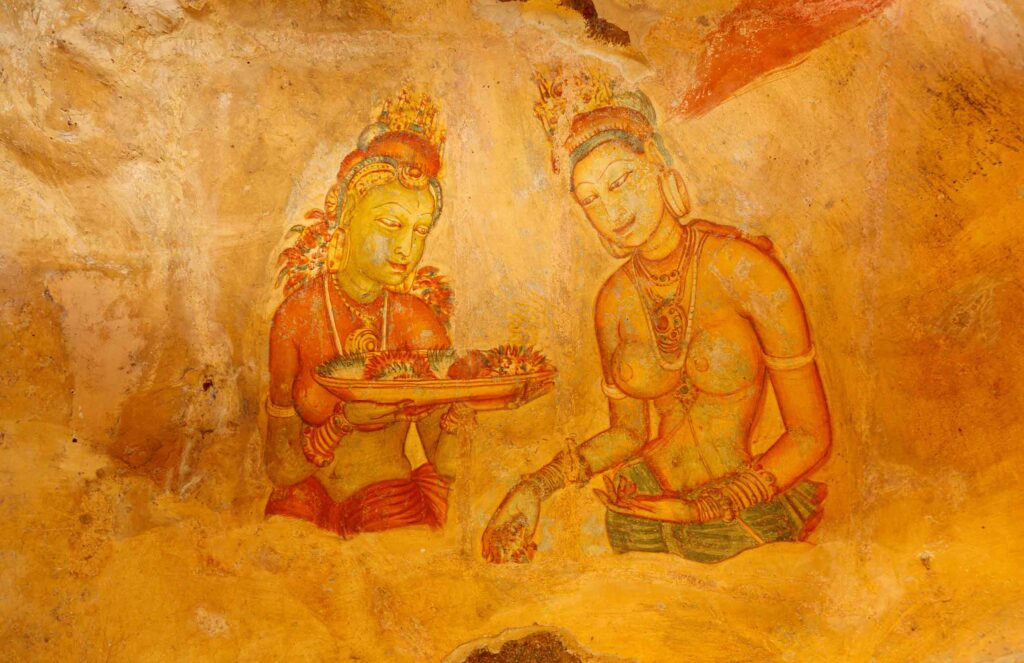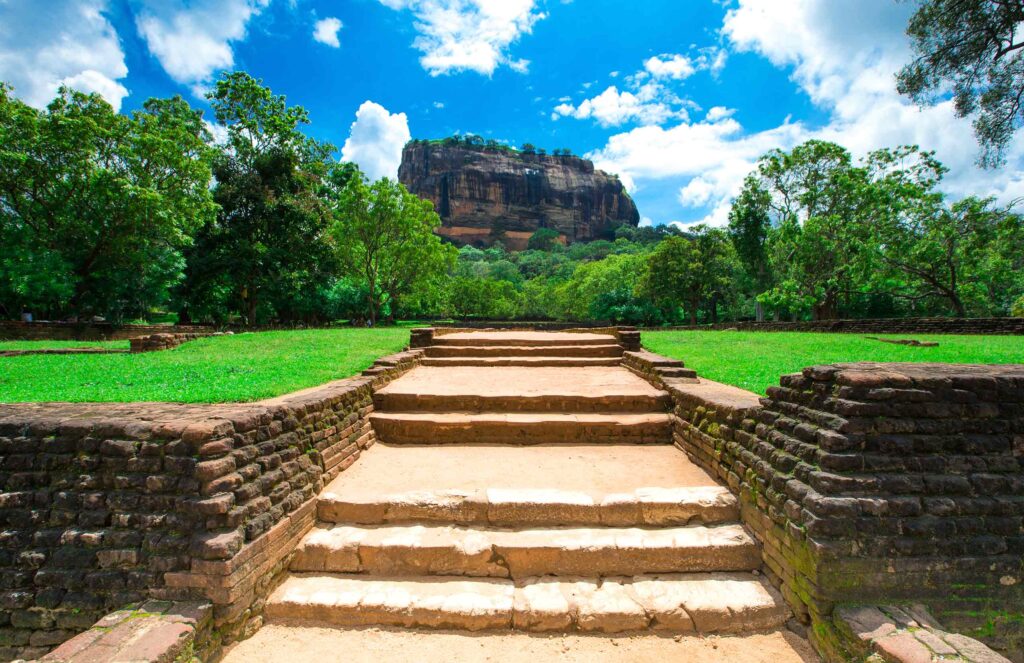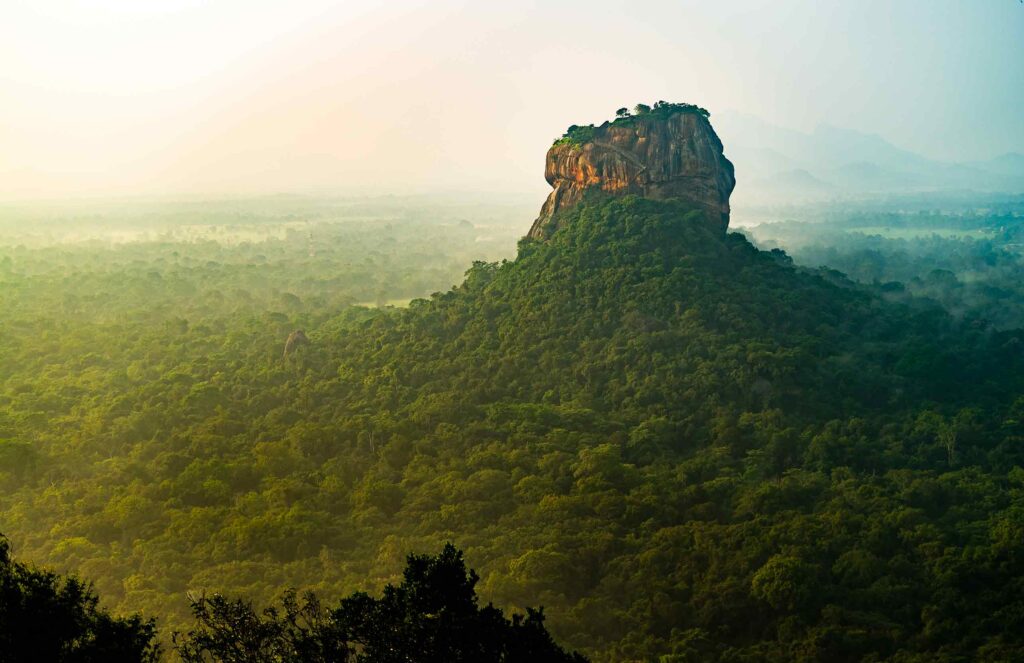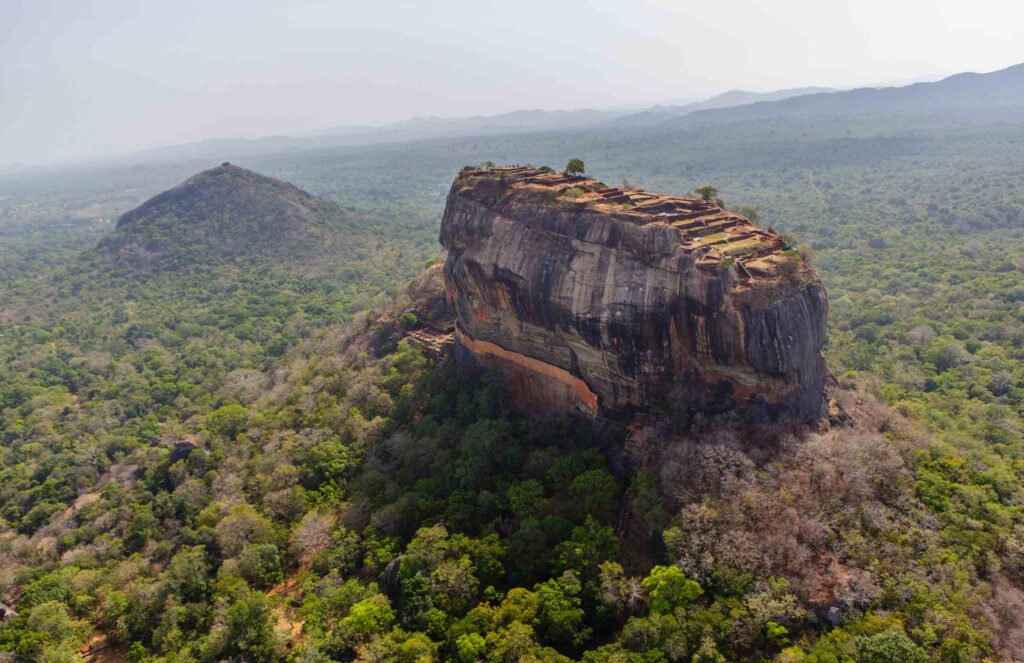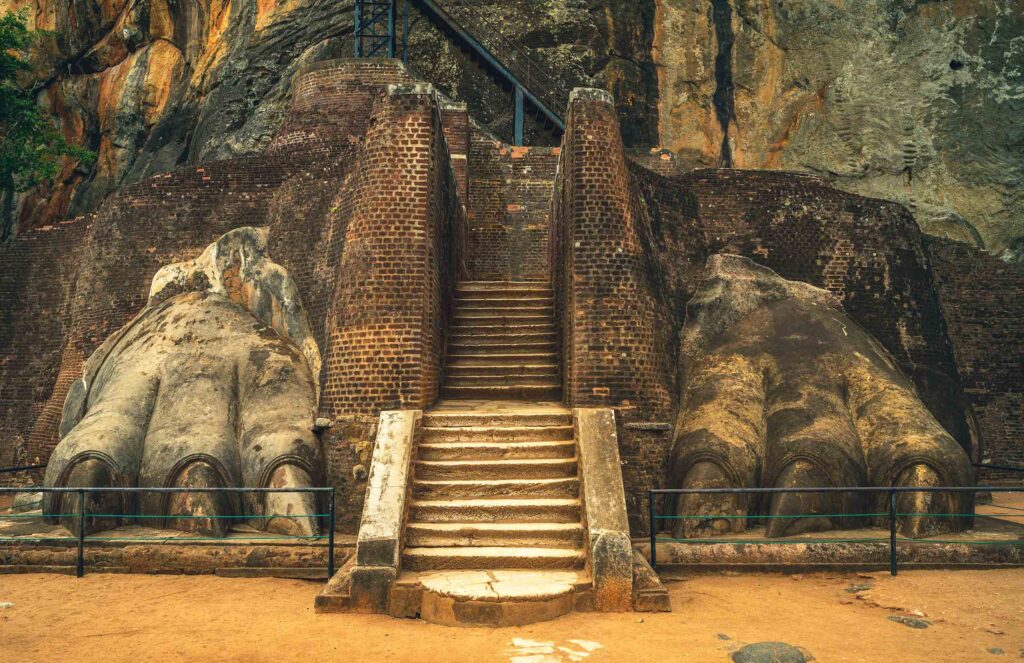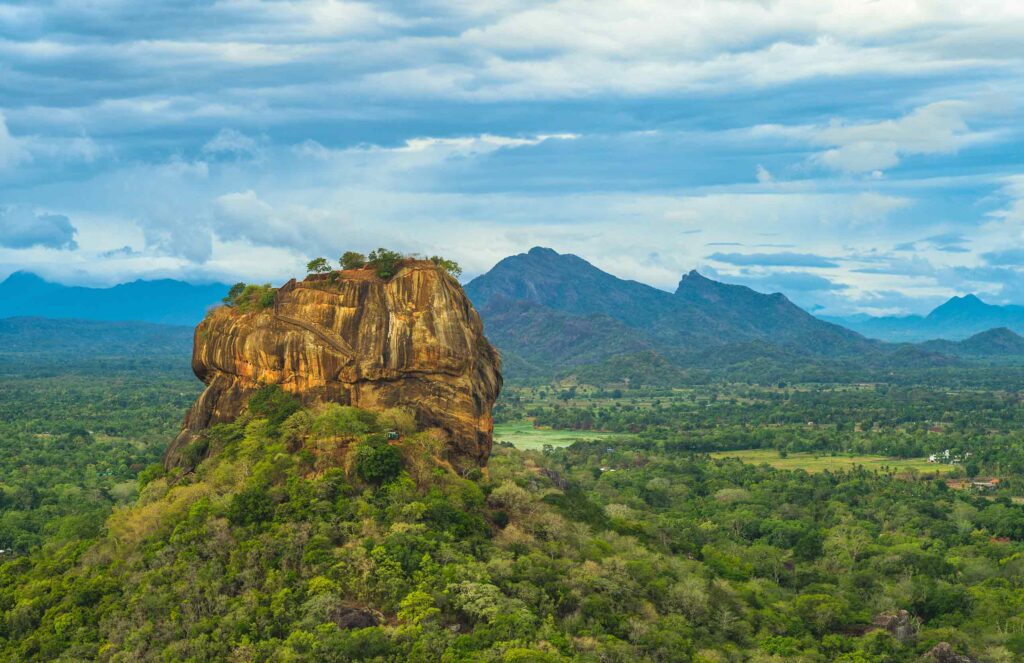Sigiriya, a UNESCO World Heritage Site in Sri Lanka, has a rich history dating back to the 5th century. Originally a monastery complex, it gained prominence in the 5th century when King Kashyapa chose it as the site for his royal palace. The king constructed a magnificent palace complex atop the massive rock, complete with gardens, moats, and intricate architecture.
The palace, adorned with frescoes and surrounded by lush gardens and water features, showcased the king’s opulence and power. One of the most notable features was the lion-shaped gateway leading to the palace, giving the rock its name “Lion Rock.”
However, King Kashyapa’s reign and the use of Sigiriya as a royal residence were short-lived. After his demise, the site was transformed into a Buddhist monastery, and over time, it fell into neglect and eventually became hidden by the jungle.
In the present day, Sigiriya is a major tourist attraction, drawing visitors from all around the world. The site offers a glimpse into Sri Lanka’s ancient civilization, showcasing the architectural and engineering prowess of the time. Visitors can climb the rock to explore the ancient ruins, marvel at the well-preserved frescoes, wander through the palace remains, and enjoy panoramic views of the surrounding landscape. Sigiriya stands as a testament to the island’s rich history and remains a prominent symbol of Sri Lanka’s cultural heritage.
Sigiriya, a UNESCO World Heritage Site in Sri Lanka, is home to several prominent attractions that captivate visitors with its historical and natural beauty. Here are the main attractions in Sigiriya:
Sigiriya is a remarkable historical site that not only preserves ancient ruins but also showcases the advanced architectural and engineering marvels of its time. Visitors can immerse themselves in the intriguing history and breathtaking beauty that Sigiriya offers.
